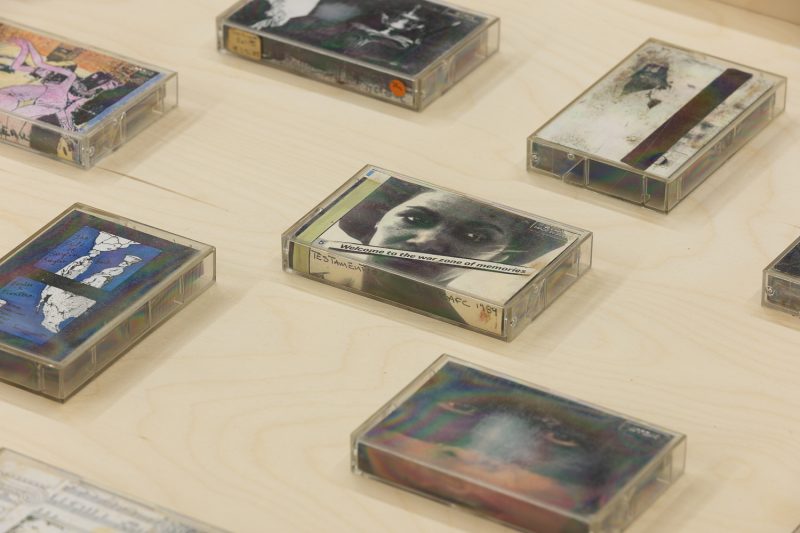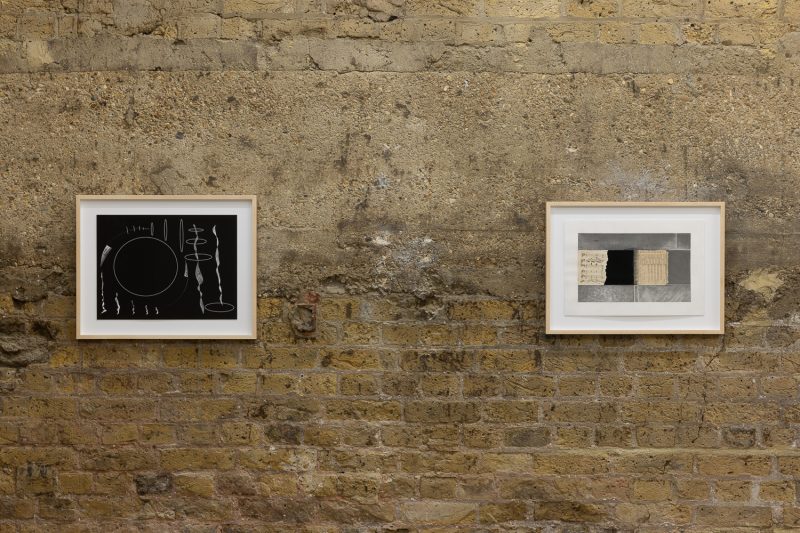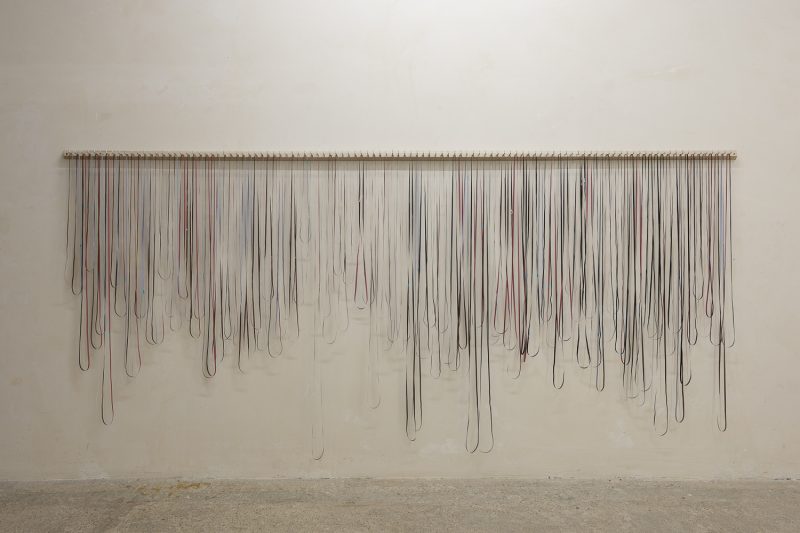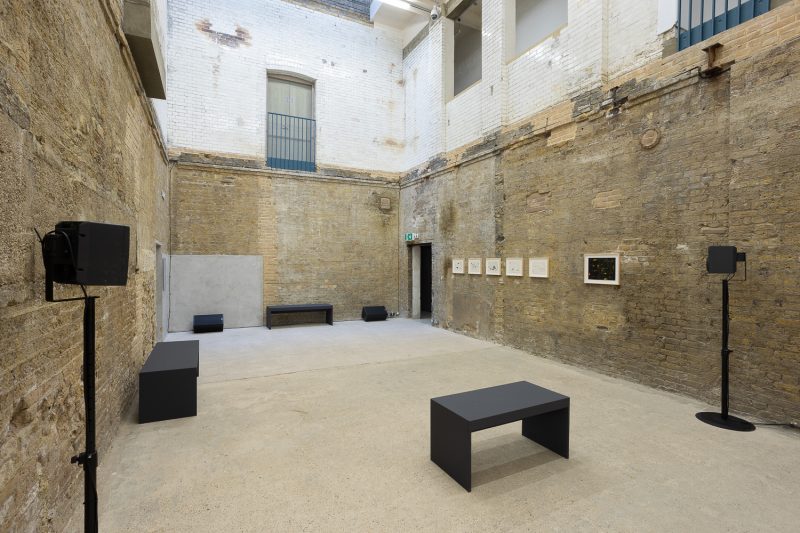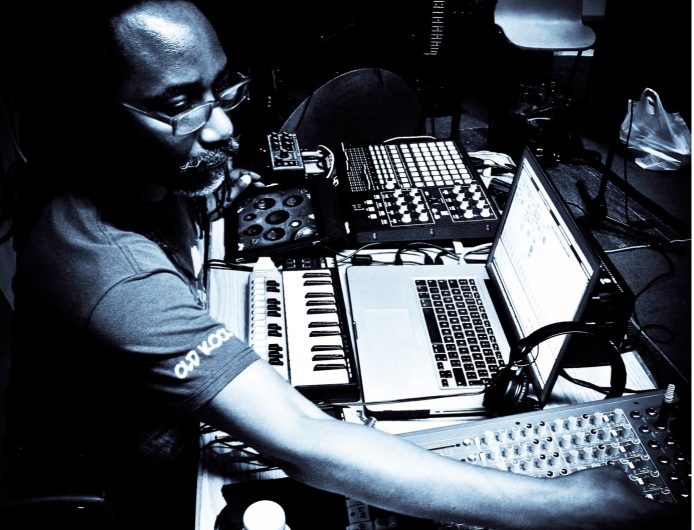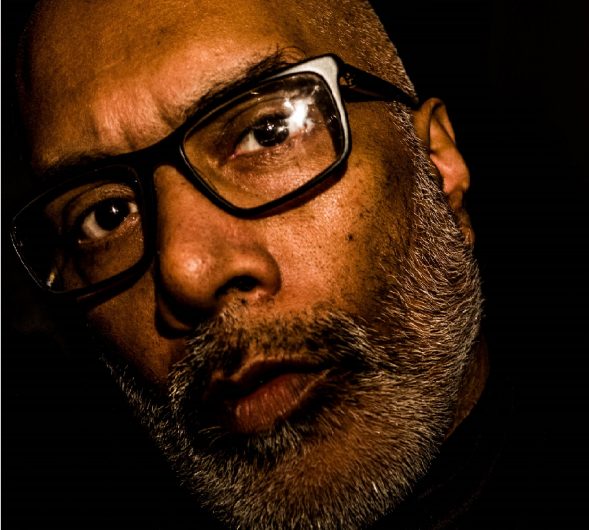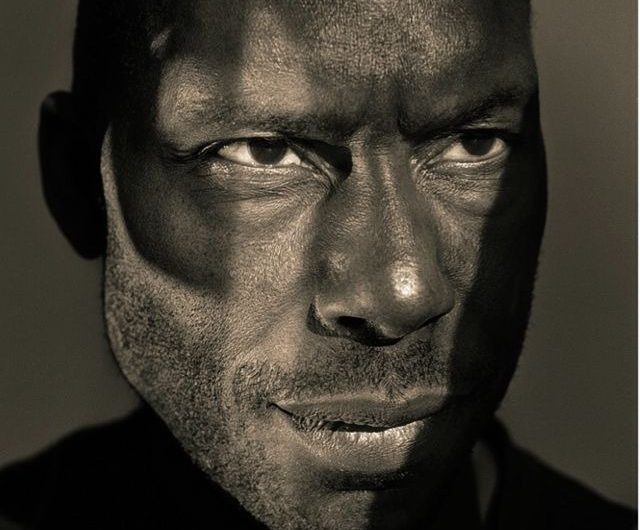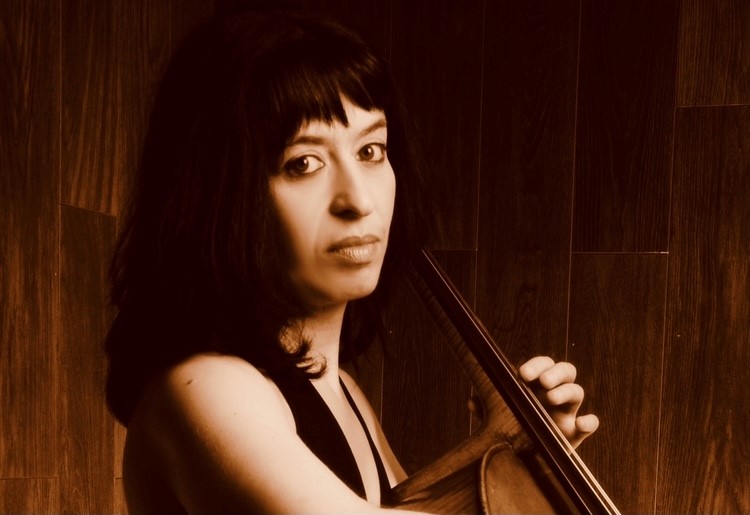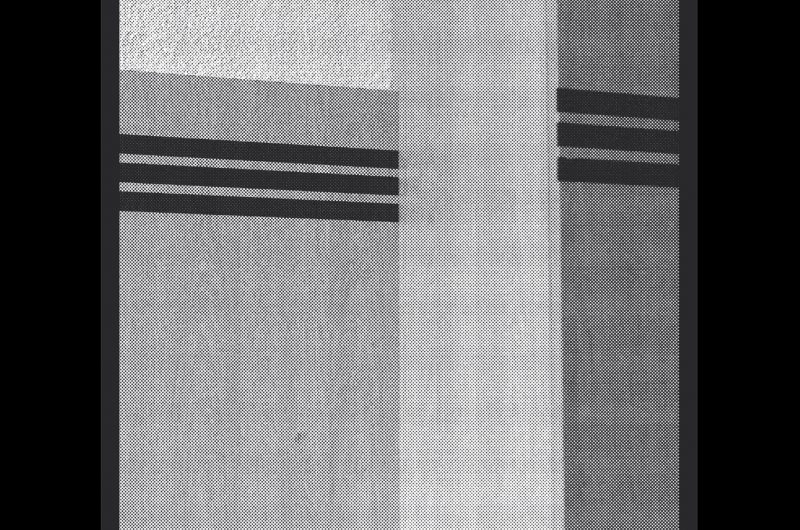TREVOR MATHISON
From Signal to Decay: Volume 1
From Signal to Decay: Volume 1 was the first solo exhibition in a UK institution by composer, artist and sound designer Trevor Mathison. The presentation comprised an ambitious sound installation, drawings, archival material, sculpture, video, and live performance.
In the months leading up to this exhibition Mathison undertook a sonic investigation of the Goldsmiths CCA building, producing numerous recordings using an Ambisonic microphone. These samples were periodically played back in the first basement gallery, reverberating with the architecture and providing a constant signal with which the sound pieces in other gallery spaces could converse and collide. In the Oak Foundation Gallery, a number of compositions – selected from Mathison’s archive, were reconfigured and combined with new sounds, while in the back basement a video work, shot in Scotland and featuring an independent soundtrack, was on display. In an adjacent corridor, a microphone provided a live feed from outside the building, picking up sounds from New Cross Road. Mathison’s sound installation played the building back to itself, using its open and porous layout as an opportunity to mix different sounds into a multi-layered, mutating composition.
The drawings and archival material featured in this exhibition extended across 40 years, from the early 1980s to 2022. As Christoph Cox has noted, ‘The emergence of electronic and tape music in the 1950s called for new notational techniques. How to score factory noises, or the sweeps and squiggle of sine tones?’ This is a similar problematic to the one that Mathison, with his experimentation with tape loops and synthesizers, and interest in dub, musique concrète and industrial, was first engaged. His diagrams or scores are sometimes preparatory and sometimes for imaginary sound pieces, visualising expansive sonic landscapes, the movement of sounds and different aesthetic strategies. Mathison’s drawings for sonic installations are mostly related to his work as part of Dubmorphology, a collaborative project with interdisciplinary artist Gary Stewart, and various presentations at museums and conferences.
The vitrines in this exhibition presented material relating to many different projects and processes with which Mathison has engaged. In the first, drawings, DAT tapes and paper materials relating to music made as Hallucinator and an installation made as Flow Motion (the names of two collaborative projects with Anna Piva and Edward George) were on display. In the second, examples from a black and white photographic project, undertaken in the early 1980s with fellow Black Audio Film Collective (BAFC) member Edward George, were juxtaposed with more recent colour photographs, presented on digital photo frames by Mathison. The third displayed some of Mathison’s sketchbooks that date from the late-1980s, when BAFC’s crucial film Twilight City (1989) was released, to the present. The final two tables presented cassette tapes, that date back to the early 1980s, for which Mathison produced imagery and collages. The sculpture on display relates to Mathison’s pioneering experiments with tape loops, which were praised by Kodwo Eshun who argued that “Within the spectral temporality of the tape loop, the imperial anxieties of the early twentieth century resonated with the multiple fears of the present.”
Mathison has commented on the relationship between his work with sound and his recent drawing made using graphite: “I approach drawing in the same way I approach sound. In music, I have been working with granular synths. They allow me to take one small element of sound and by breaking it down, find numerous textures within it. Similarly, [these drawings] involved taking a cube of graphite, scraping, then spreading its particles across the paper to pick up the shifting variations within the grain of the paper. It is equivalent to a single tone, shimmering like a visual wall of sound. A still, frozen note held in suspension.” This exhibition offered a new perspective on Mathison’s ground-breaking sonic practice and his changing ideas about sonic composition and installation.
Closing the exhibition, there was a vinyl release of Mathison’s music with purge.xxx, the second event in this ongoing research project, titled From Signal to Decay: Volume 2.
Curated by Appau Jnr Boakye-Yiadom and Oliver Fuke.
We are very grateful to The Elephant Trust for their generous support. The curators would also especially like to thank Kodwo Eshun, Claudette Johnson and Gary Stewart for their support and guidance in realising this exhibition.
Read more…
BIOGRAPHY
Trevor Mathison is an artist, composer, and sound designer and recordist. His sonic practice centres on creating fractured, haunting aural landscapes and integrating existing music and has featured in over thirty award-winning films. Mathison was a founding member of the cine-cultural artist collective, The Black Audio Film Collective (BAFC, 1982-1998), where his body of sonic designs defined and situated the Collective’s film and gallery installations. Mathison has continued to work with some of his former collaborators from Black Audio (John Akomfrah, Lina Gopaul and David Lawson) creating sound design for installations and feature documentaries. Mathison has also founded and been active in a number of other experimental sonic groups – Dubmorphology, Hallucinator and Flow Motion. He has also been a pioneer of sound installation work.
Read Less...
